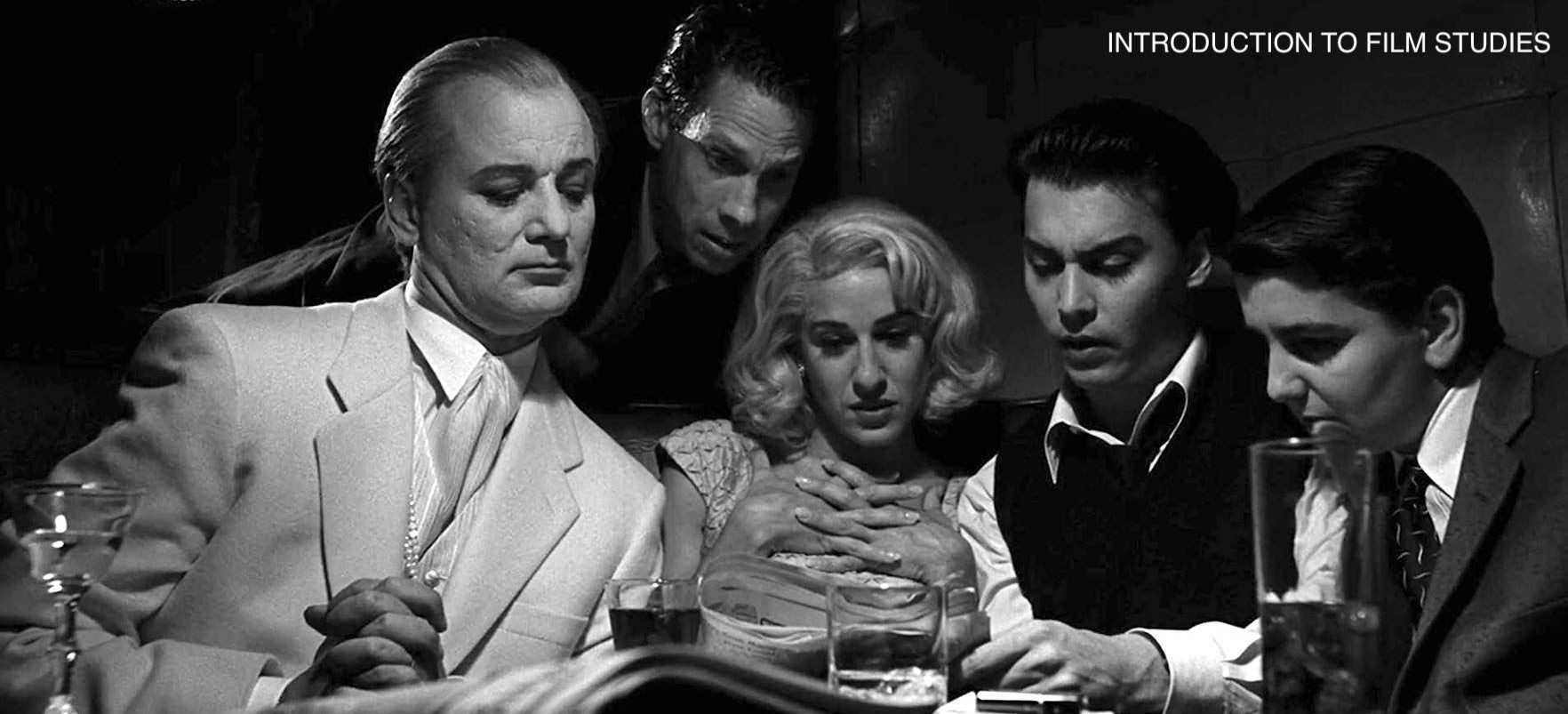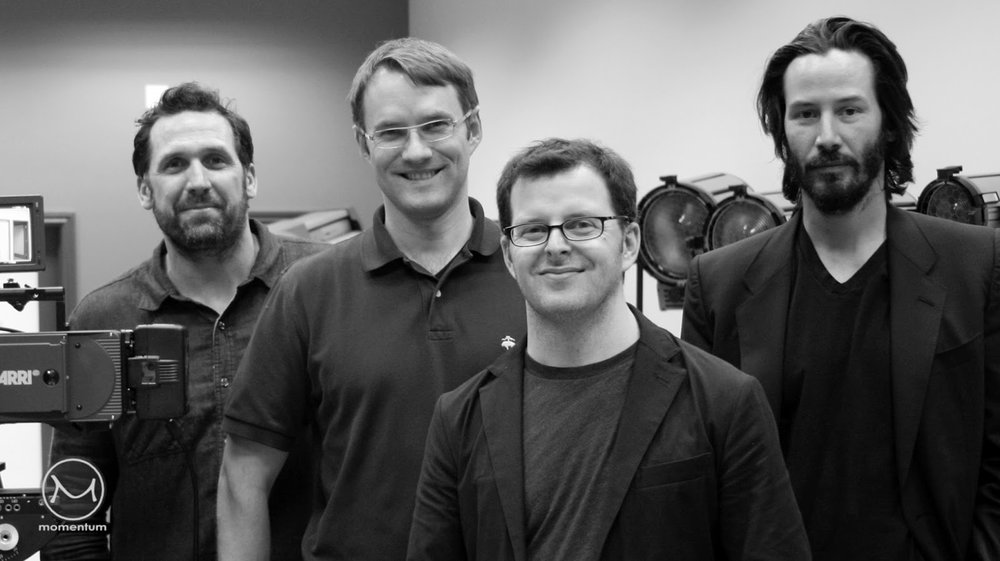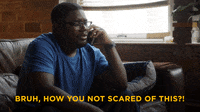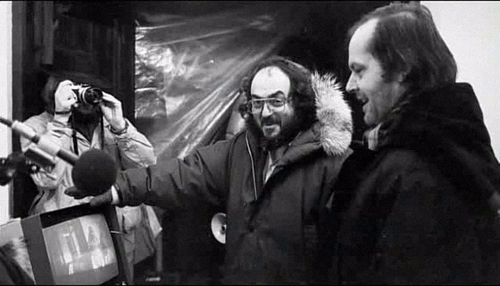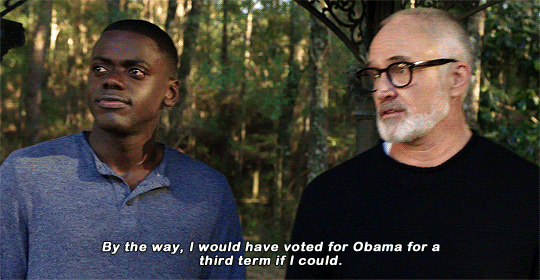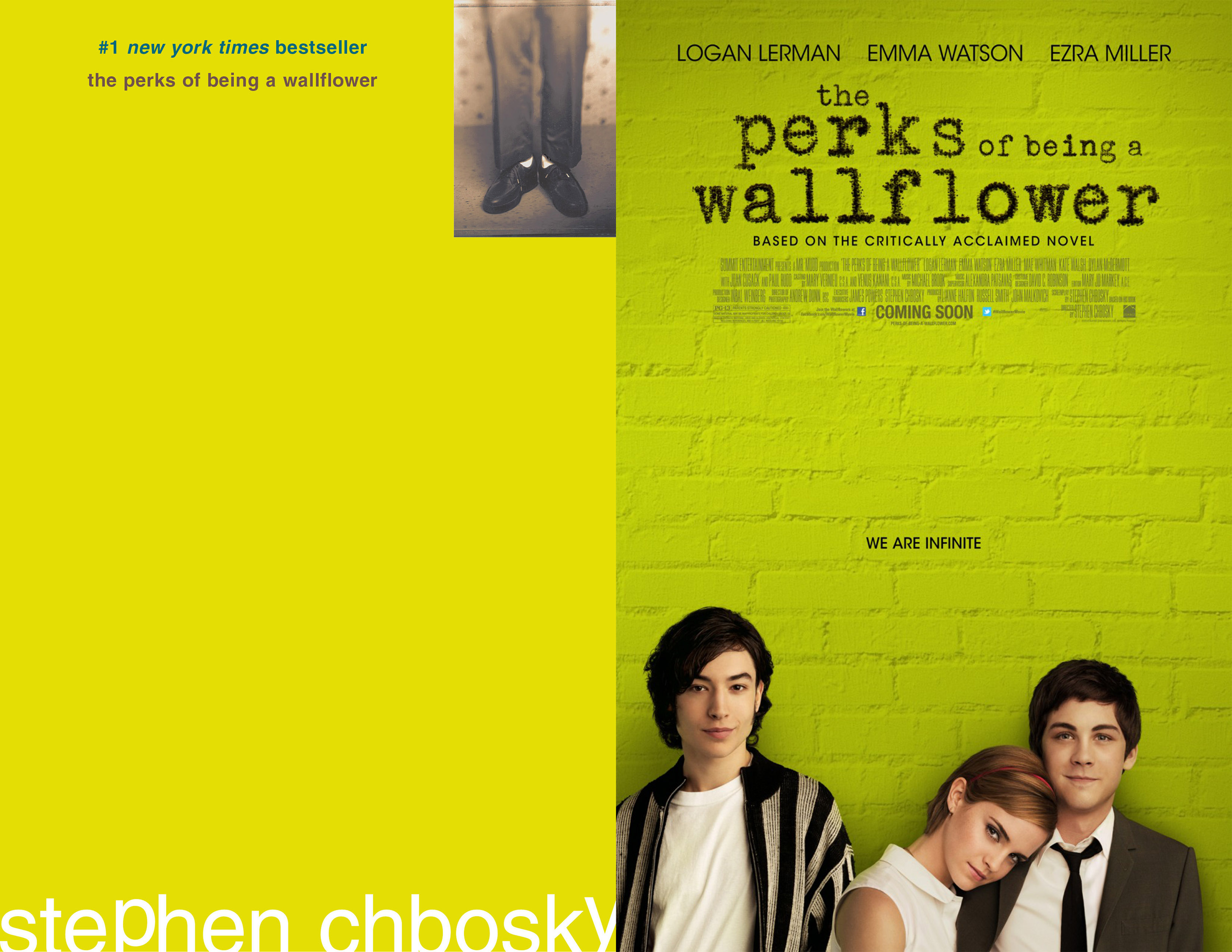
Perks of Being a Wallflower is a movie I have seen probably eight or nine times; alongside reading the book at least twice. I obsessed over the book and movie during -the main character of the stories age, Charlie- freshman year of high school. This is a classic coming of age story, I I was… coming of age and this story resonated with me a lot. Stephen Chbosky wrote the screenplay and the book; he captured the coming of age genre story through narrative, sound, and genre. The soundtrack is recognizable throughout multiple generations, and therefore resonates with a wide audience; because it just sounds young.

In Perks Of Being a Wallflower, the plot is based around one of the main character’s Charlie; he narrates the story through his letters to his “friend”. These letters are helping him deal with two major traumas in his life, the two traumas are evidently the underlying in the story the entire time. Through the narration of the letters the viewers are able able to develop a linear story in the movie, the line of events that happened chronologically: beginning to end. Chbosky drives the plot around the first year of Charlies high school experience, taking the viewer back and forth between present and past.
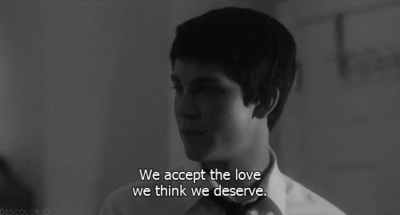
Since Ive seen the movie so many times, I decided to read up on the nuances behind the movie a bit. I was able to grasp the ambiguous time period Chbosky tries to capture; I later found out that it was shot on film, which is unusual for 2012. This totally amplified the essence of a 1990 coming of age storyline.
At the beginning of the semester Dr. Schlegel told the class that Perks was one of the movies we *might* watch towards the end of the semester. I was shocked, considering this was a high school love of mine I didn’t eve think it was “sophisticated” enough to talk about in a film studies class. Class discussion this week was fun, in that I I was able to hear about something I was already really passionate about.

This being my last blog, and we had our last class zoom call this week, I can’t help but touch on the previous part of this semester. Let me start with the fact that Into to Film made me have a completely new appreciation and fascination with war movies, and horror movies for that matter. The screenings typically lined up with that weeks topic on film making; this made it easier to connect the lessons to everyday movie watching. The way the class was laid out was extremely intuitive and made lectures and discussions just seem like a fun talk. It was hard to find the motivation to write my blogs at first, but I honestly liked reading other peoples and writing my own (once I started…) especially since the class was online all semester. My least favorite screening was probably: The Artist, because I just didn’t find the story all that captivating. NOT to diminish the reason it was included in the syllabus, because I understand that, just not my cup of tea.
Thank you Dr. S for opening my insight about the nuances behind American Film, I am now officially obsessed. I am looking forward to History of the Motion Picture next semester, bummed its online again, but after this class online, I believe it will still be a ball. Thanks again for there great feedback on my essay, makes me feel proud of my writing. Happy Holidays! Watch Movies for fun! Thanks Dr.S!
